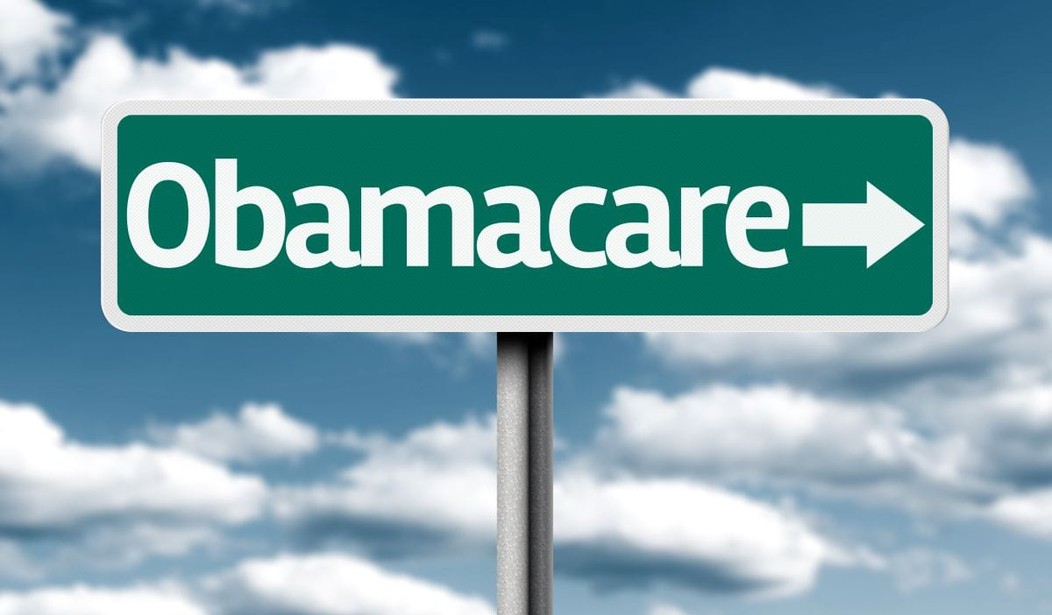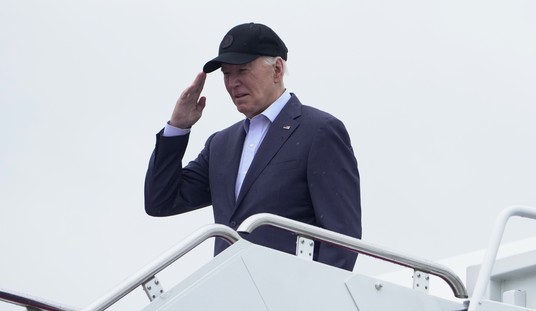Just in time for the election, the Obamacare open-enrollment period gets underway on November 1. Most insurance-industry analysts are wondering how companies involved in the exchanges will be able to avoid double-digit increases in premiums.
This summer, the insurance companies will be asking state regulators for massive premium increases. It is probable that the insurance commissions will not give the industry the full increases they believe they need to become profitable. At that point, several insurers will be forced to make a decision whether to remain on the exchanges or pull out altogether.
Politico:
“I think a lot of insurance carriers expected red ink, but they didn’t expect this much red ink,” said Greg Scott, who oversees Deloitte’s health plans practice. “… A number of carriers need double-digit increases.”
In some ways, the turmoil is not surprising: Under the health law, plans are unable to choose who to insure, or how much to charge them based on their medical history. As a result, many plans enrolled a larger proportion of sicker people than they bargained for. But some of those losses were also a function of political wrangling after Republican lawmakers blocked payments that were supposed to help insurers get through the difficult first years.
The timing, though, is bad news for Democrats. Proposed rate hikes are just starting to dribble out, setting up a battle over health insurance costs in a tumultuous presidential election year that will decide the fate of Obamacare.
And the headlines are likely to keep coming right up to Election Day since many consumers won’t see actual rates until the insurance marketplaces open Nov. 1 — a week before they go to the polls.
“Any reports of premium increases will immediately become talking points on the campaign trail,” said Larry Levitt, senior vice president for special initiatives at the nonprofit Kaiser Family Foundation. “We’re in an election where the very future of the law will be debated.”
At bottom, the reason companies are losing money is that not enough healthy young people are signing up:
One big reason is lower-than-expected enrollment of younger, often healthier people who balance the costs of those who require more costly care. Roughly 12.7 million Americans signed up for Obamacare plans during the most recent open enrollment period. That’s far below the 22 million projected by the Congressional Budget Office, and it’s certain to decline as some drop out.
“The pool is far less healthy than we forecast,” said Brad Wilson, CEO of Blue Cross Blue Shield of North Carolina, which says it lost $400 million on its exchange business during the first two years and is weighing whether to compete for Obamacare customers in 2017. “That’s an issue not just here in North Carolina, but all over. … We need more healthy people in the pool.”
There’s a growing realization the financial penalty for failing to obtain coverage is an insufficient cudgel to convince younger Americans to enroll. The fee for 2016 is $695, or 2.5 percent of income, whichever is higher. Just 28 percent of HealthCare.gov customers for 2016 were between the ages of 18 and 34, significantly below the 35 percent threshold typically considered necessary for a balanced marketplace.
“It wasn’t enough of a hammer,” said Kevin Fitzgerald, an insurance lawyer with Foley & Lardner. “You need a lot of healthy people to sign up to make the numbers work. Obviously that didn’t happen.
“Hammers,” “cudgels,” massive rate increases — does this sound like Obamacare is thriving to you?
Here are a few fast facts that reveal a system close to meltdown:
Blue Cross and Blue Shield plans, which dominate many state exchanges, saw profits plummet by 75 percent between 2013 and 2015, according to an analysis by A.M. Best Co. A chief reason for the financial woes: “the intensity of losses in the exchange segment.”
Health Care Service Corp., which operates Blue plans in five states, dropped out of New Mexico’s exchange for this year after regulators refused to approve rate hikes as big as the company sought. In Texas, Illinois and two other states where HCSC does business, medical costs for individual customers exceeded premiums by more than $1.3 billion last year.
Just over half of the 23 nonprofit startups seeded with Obamacare loan dollars have collapsed after hemorrhaging red ink. The 11 surviving plans continue to struggle, with more than $400 million in combined losses last year.
Almost all the state co-ops are expected to go under either this year or next.
For the moment, Obamacare appears viable. But as long as the young and healthy avoid buying insurance, it is inevitable that the older, sicker consumers will continue to soak the system and insurers will eventually realize they’ve hitched their wagon to a white elephant and attempt to cut their losses by exiting the exchanges.









Join the conversation as a VIP Member